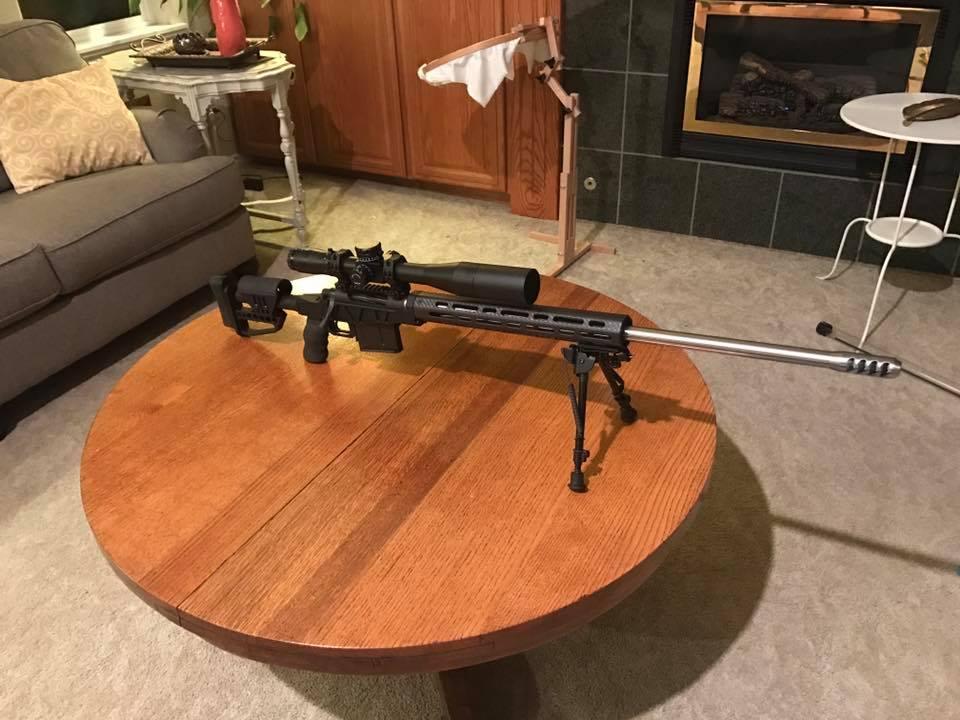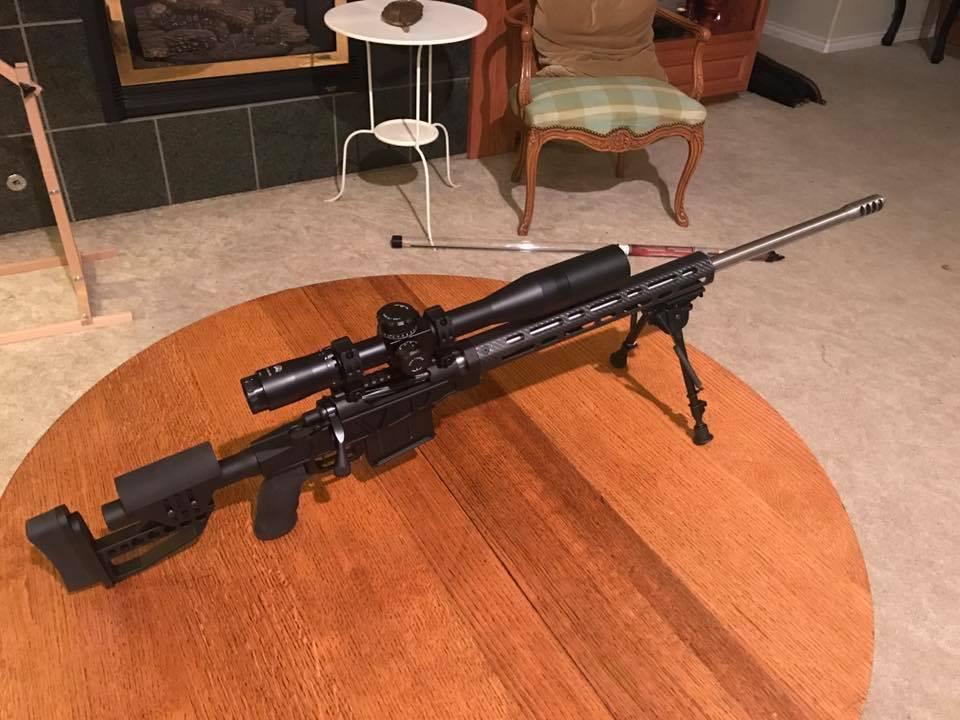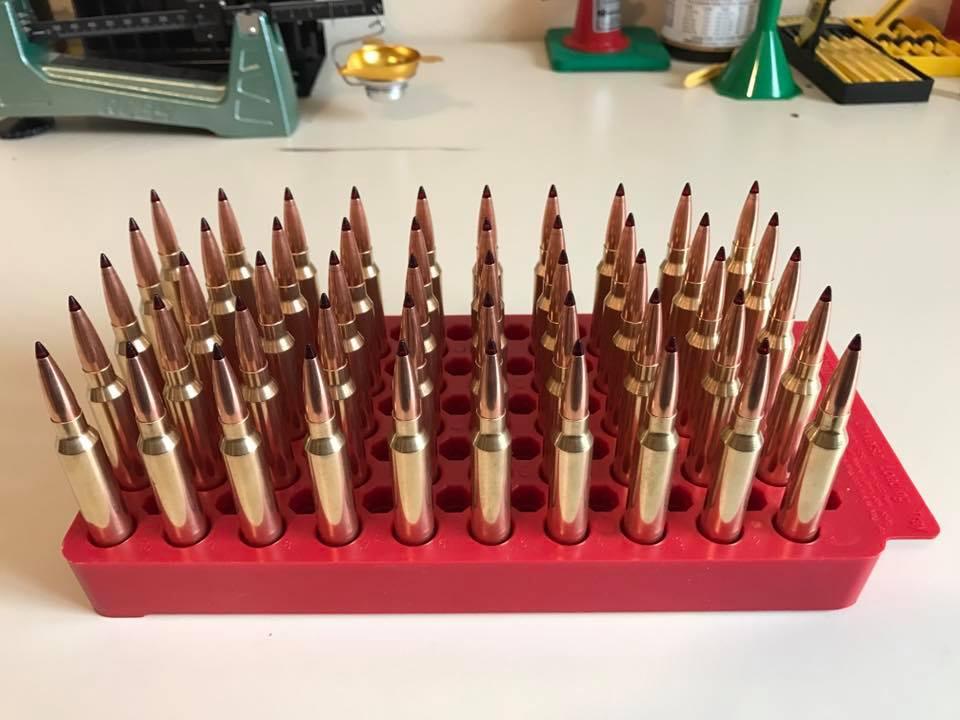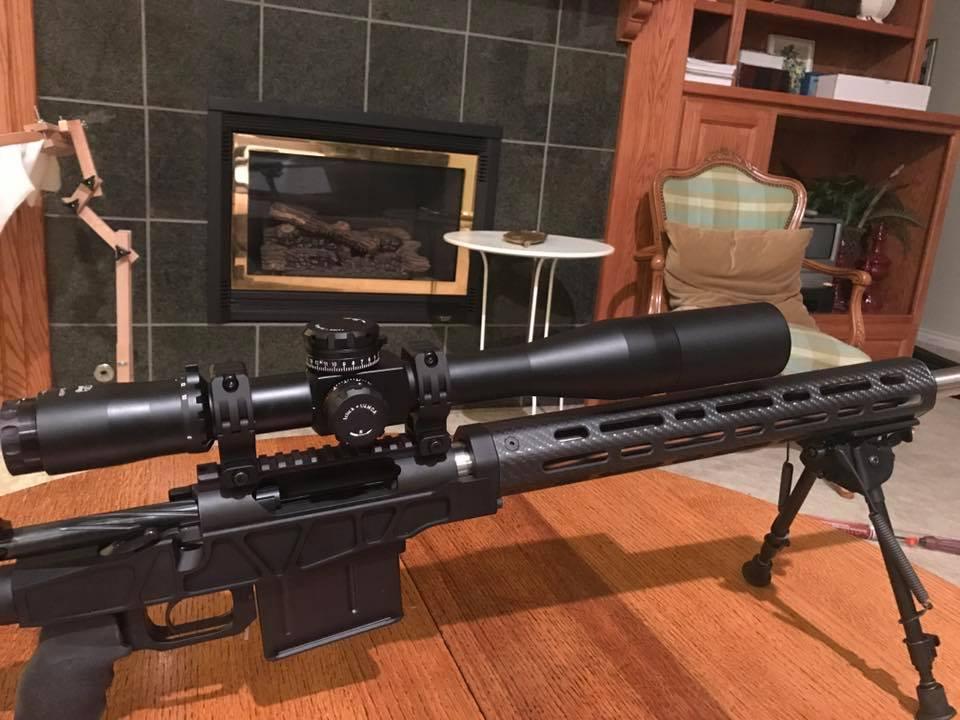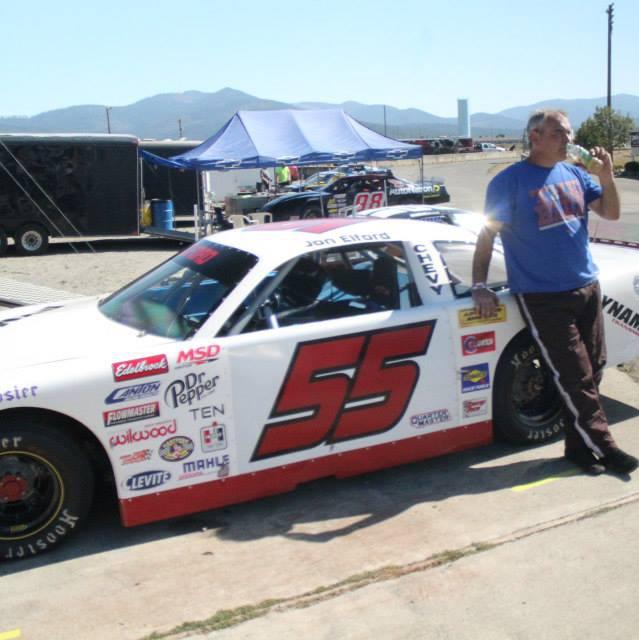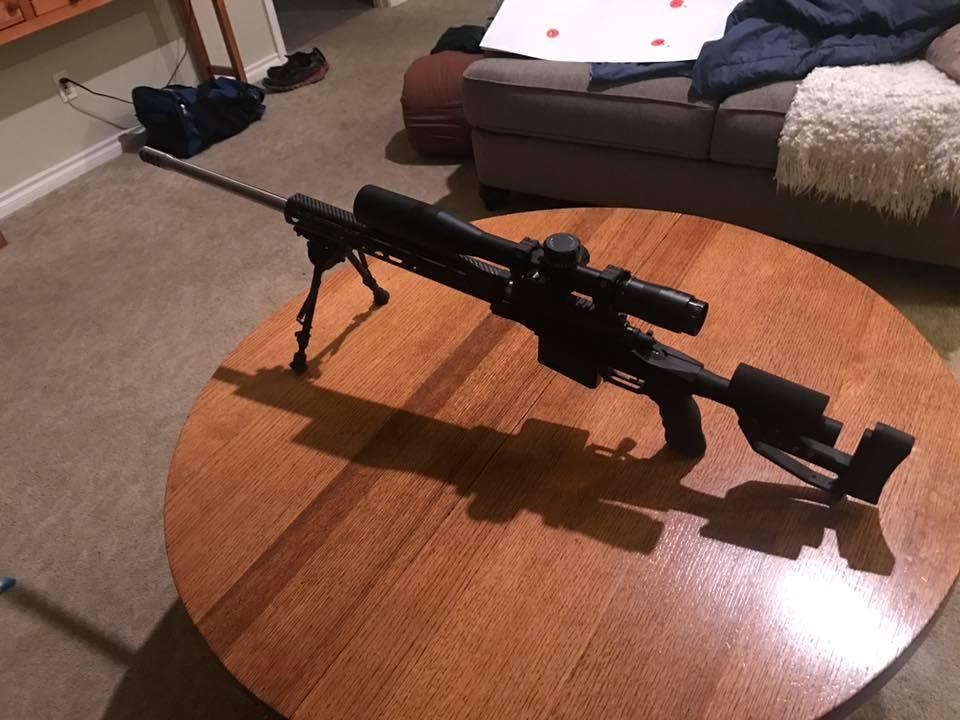Everything posted by Dynamic
-
2 stroke oil??
I ran 2-stroke oil (TCW3 from Walmart) in my Dodge pretty much the whole time I owned it. I'm going to try if in my Ford one of these days as well.
-
2000 diesel torque converter
Spend the money and get a good one, and I'd recommend having a good valve body built to go with it.
-
2000 diesel torque converter
You can't conclusively check for resistance in an active circuit. The current flowing in the circuit will cause all kinds of weirdness with your meter and its readings. Checking voltage on the ground leg (orange/black wire) is the proper way to check electrical operation of the TCC circuit. You should see full voltage when unlocked, and close to zero voltage when the PCM provides a ground and pulls the ground side low. It wounds like it's working properly. I would check for a sticking switch valve in the VB, but it sounds like there's something wrong with your converter.
-
VP44 PSG5 limitations read/write
Yeah, if they built the VB, they're the ones to talk to. I don't know exactly how they build theirs, or IF they even build theirs (or buy them from someone else). I DO know how I build mine, but that doesn't help here. Talking to whoever built it would be your next step... I just saw that you're in Great Falls. If you're ever through Spokane, I'd be happy to take it for a drive and offer my opinion. Or, we could delve deeper into it if you don't get any satisfaction from the builders.
-
VP44 PSG5 limitations read/write
Have you talked to Lavon about it?
-
VP44 PSG5 limitations read/write
You definitely have some sort of valve body issue going on. DO you know whose VB it is?
-
VP44 PSG5 limitations read/write
Ouch... Too bad my website wasn't functional when you were in the market! LOL
-
2000 diesel torque converter
Close... Lockup occurs when the "release" pressure in front of the lockup piston is exhausted via the hollow input shaft. When the converter is unlocked, it is being charged by the VB through the hollow input shaft. When a lockup is commanded, the solenoid closes, which strokes the lockup valve against spring pressure in the lower VB, which then sends hydraulic pressure to the inboard end of the switch valve (which has been regulating charge pressure to this point). This strokes the switch valve against spring pressure to the "locked" position which then reverses the flow of fluid to/from the torque converter. The fluid that was charging the converter through the input shaft (and holding the apply piston in the "released" position via hydraulic pressure in front of the piston) reverses flow and exhausts out through the VB, and the converter now gets its charge through the hub at full line pressure. This forces the piston against the front of the converter, locking the clutch. A dragging converter clutch is most often caused by a failed converter, but I have seen a stuck switch valve cause the same thing quite a few times.
-
VP44 PSG5 limitations read/write
If you came into my shop to have a transmission built, with a 62mm top turbo and that large-housing S475 on the bottom, I would recommend a stock stall speed converter. I would recommend either a Goerend 17SS or a DPC equivalent. Both are fantastic converters. Anything tighter than that is going to really kill the bottom end performance and introduce a LOT of smoke into the mix due to its inability to spool the larger turbos and make boost. Once you have the correct converter, set the TV cable so that the WOT 1-2 shift occurs at about 2800-2900 rpm (on your setup) and, assuming a well-calibrated valve body, you should be set. I think I read somewhere that you had appx. 1/4" of slack in the TV cable at "idle" position. That is going to be WAY too loose. Typically, the cable will be in a "neutral" position or slightly pre-loaded to achieve the desired shift rpm on a 2nd Gen 47RE.
-
VP44 PSG5 limitations read/write
At what RPM is your WOT 1-2 upshift?
-
VP44 PSG5 limitations read/write
Yes, the "OD" button in, in the "OFF" position will prevent a 3-4 upshift. A looser converter would make HUGE difference for you. It is WAY too tight...
-
Lets see who you are!
Yeah, those things are awesome! It makes load development MUCH quicker, that's for sure! That's especially nice with a high-powered round like the .300 Win Mag where you're shooting the throat out of a $450 barrel that you spent 10 hours dialing, cutting, threading, chambering and installing the muzzle brake! Load development went very quick for me with the Labradar.
-
03-07 Transfer case support bracket.
They break the OD housing where it bolts to the main case, not back where the transfer case attaches. I see it probably 9 or 10 times a year. Matter of fact, I have one in the shop right now that I suspect of a cracked OD housing. It happens on the 3rd Gens because of the much larger 271 transfer case hanging off of it. It won't happen under normal use, typically, but if you ever lose a u-joint or carrier bearing, it will shake the back of the transfer case hard enough that the OD housing will crack, break, or even break an attaching bolt or two in some cases. I don't bother with that flimsy mount thing that someone came up with. I bought one once, but was quite unimpressed. I sent it back. Good u-joint maintenance is your friend... There are actually 6 studs holding the transfer case to the OD housing, but it won't break there. In fact most 3rd Gens have the transfer case corroded on there so badly, they can be quite difficult to separate. The break point is further forward, where the OD housing bolts to the case.
-
Washington state smog test question
Done...
-
Washington state smog test question
Yeah... Guilty as charged. I don't always make it to the phone in time!
-
Washington state smog test question
No worries. Just let me know when you want to get it to me and we'll get you on the schedule. The more notice you can give me, the better... This has been my busiest year ever, so this summer has been a bit crazy! Looking forward to fall and winter for a little slowdown, although last year the "slowdown" never occurred! Definitely a good problem to have, though...
-
Washington state smog test question
Sorry...! Totally missed this one! Yes, you can send your transmission over any time! Ideally, I like to be able to drive the trucks after I build them, just to make sure everything is set correctly, but it's not the end of the world. I bench build for guys all over the NW all the time. Setting the TV cable properly is the main thing, but it's not rocket science. I can easily walk you through it. As far as my end, well, I've set up a few (thousand) valve bodies in my day, so I've kind of got them down...!
-
Lets see who you are!
I'm using this, and have been super happy with it. Not cheap, but a very nice piece! Nothing touching the barrel... https://www.amazon.com/Labradar-Ballistic-Velocity-Doppler-Radar/dp/B01HKTB8S6/ref=sr_1_1?ie=UTF8&qid=1504797292&sr=8-1&keywords=labradar+chronograph Yes, I've been very happy with the performance of this load. My barrel is 28" , so its length seems to work really well with the H1000, which is a fairly slow burning powder. No moly coating... My ballistics app allows me to use G1 data to "build" the load, and then use the G7 data (which is appropriate for match-grade boat tail projectiles) for all ballistics calculations. It has been scary accurate. Out to 1000 (and every place in between), it has been absolutely dead on. A couple of weeks ago, at 1000 yards, 80 degrees F, 2500(ish) ft elevation, 35(ish)% humidity, 47 degrees N latitude, shooting due north, I was at 21.75 minutes of elevation, and about .75 minutes of windage, which is basically just spin drift and a little bit of Coriolis. I use hold-offs for wind... I'm not much of a hunter, so this rifle is just for shooting targets and steel...
-
Lets see who you are!
Thanks guys! Yeah, it has been a fun project, and it's an absolute blast to shoot. I built it to shoot extreme distances (out to a mile, possibly beyond), so I'm pretty anal in my reloading. I'm a BIG fan of heavy projectiles as well. The Hornady 225gr ELD Match bullets I'm loading have a G1 ballistics coefficient of .777, which is extremely high for a .308 caliber projectile. They fly extremely well, and are very consistent. @Killer223, I don't have any AR-10 experience at all. All of my long range stuff is built on custom actions and chassis. I did shoot a .300 WSM one time. It shot well, but I prefer to just use a long action in the build and shoot the full length .300 WM. If I were to build a short action rifle (and I may at some point), it would be chambered in 6.5 Creedmoor. That is a sweet little round that shoots super flat out to medium distances, with very little recoil (especially when compared to the .300 WM shown here...!), so it's a nice round for the wife or kids to shoot. @Hawkez, What brand of brass are you reloading? Are you full length resizing? Neck sizing? Bumping the shoulder back? What bullets are you using? Powder? Primer? How far off the lands? Not interrogating you, I'm just a data junkie and like to know what guys are using!
-
Lets see who you are!
I built it this spring for some extreme long range stuff (yet another hobby of mine...). I built it on a Stiller TAC 300 action, Bartlein heavy palma profile stainless match-grade barrel (.308 caliber, 5R rifling), with an APA Fat Bastard (that's what it's called...) 4-port muzzle brake. The chassis is an XLR Carbon with 10 round Accuracy International magazine. I chambered it in .300 Winchester Magnum; specifically a PT&G .300 Win Mag Tactical Match chamber reamer. I did all machine work on the barrel, as well as cutting the chamber myself. It was an unbelievably satisfying experience! The scope is an IOR Valdada 6-24x50mm, 35mm tube, in an MOA/MOA configuration, on a Stiller 20 MOA rail. I intentionally went with a second focal plane scope for this build because this rifle will rarely ever be fired in a situation where I don't know the distance to the target. Plus, I can still range with it if necessary, I just need to have it at a specific power setting to do so. The glass in this scope is some of the best I've ever used. I'm shooting Hornady 225gr ELD Match bullet and Norma brass. With 77gr of Hodgdon H1000 powder, I'm getting 2930 fps at the muzzle. In 70 degree weather at my altitude, this projectile is supersonic to 2000 yards. So far, I have about 150 rounds through this rifle, and it shoots AMAZING...! I've only had opportunity to shoot it out to 1000 yards, but I can tell you that 1K is a chip shot for this rifle, routinely grouping at 4" or less... Here are a few more photos of it: Tray full of awesomeness...
-
Washington state smog test question
'08 and newer do not need to go through smog (at least in Spokane county anyway). When I bought my '08 Ford, I was pleasantly surprised to find this out. Back when I had my 2000 Dodge I had to go through smog, but they only do an opacity test (visible smoke). If you have large injectors, the Smarty 1/2 power program is your friend...
-
Lets see who you are!
-
VP44 PSG5 limitations read/write
It sounds like you're feeling the TCC lockup after the 2-3 shift and confusing that with the 3-4 shift. It is normal for the converter to lock shortly after the 2-3 shift, especially if you're under acceleration. The 24 valve transmission programming really leaves a lot to be desired... Setting the TV cable is easy. Set it so that your WOT 1-2 shift occurs at appx. 2800 rpm. If it shifts earlier, tighten the cable, if it shifts later, loosen the cable. I don't know what all was done in your valve body, but I don't run any voltage regulators or resistors in my setups. They are not needed if you deal with governor pressure correctly. If you're running twins with a 62mm top turbo, you'll definitely need a fairly loose converter. Phil is right, you need a restall if it is lower than stock. I would go with stock stall at a minimum, with a slightly higher stall speed being ideal.
-
47re 2-3 bind up
Not sure if you got this sorted out or not, but I typically run a .074" flat snap ring, a thinner (forward clutch) steel against the piston, and .085" steels everywhere else. I also run .085" frictions as well. From there, I machine the piston and backing plate for proper clearance. I typically end up taking .050" off of the piston face, and cutting about a .100-.110" step into the backing the backing plate.
-
My first trans adjustment
Gotta love an easy fix...! Glad you got it sorted out!





